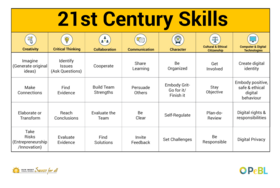Communication Guidebook - 6-9 Sun West
Purpose
Why is this important?
Communication is one of the key components of 21st century learning, yet it has not attracted the same level of research or attention as creativity, collaboration, or critical thinking. Communication competence involves mediated and digital communication, interpersonal, written, and oral communication. As our society evolves, we cannot assume that our students will gain communication competence on their own.
Practical communication skills are needed for all students
- Speech language development is a key aspect of preschool and early learning
- Social and emotional learning studies address positive classroom communication interventions
- Business-related communication assessments (like the elevator pitch assessment) are also applicable to education contexts
- Digital and media literacy provide unique approaches to analyzing communication skills
- Additional research and interventions are needed to support 21st century communication skills
Communication. P21 Partnership for 21st Century Learning. http://www.p21.org/our-work/4cs-research-series/communication. Web. May 7, 2018
Explicit Teaching
To be able to learn and grow in 21st Century Competency understanding, it is important to teach each skill and let students experience what each skill looks like as well as how you can grow in each area. Caution: by simply saying the word "communication or collaboration...etc" students may not get a full understanding of each skill. Explicitly teaching and utilizing skills in different ways is what will ultimately promote deep understanding and growth in 21st Century Comptencies.
Timeline Suggestions for Explicit Teaching
The document below provides a year plan to teach each of the 21st century skills. It is beneficial to have an explicit teaching plan to ensure each skill is taught; however skills should also be reinforced as much as possible throughout class time.
Lesson Plan Ideas
I Can Share
1. Students can create different types of ways to share their knowledge through different medias: Poster, Essay, Presentation, Brochure, Technology Apps:
i. http://appcrawlr.com/ios-apps/best-apps-formative-assessment
ii. https://www.educatorstechnology.com/2017/06/9-good-android-formative-assessment.html
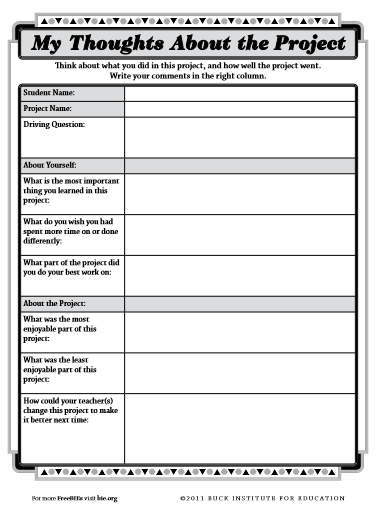
My Thoughts About the Project
2. Ways to Share My Learning (With & Without Technology) - this resource can help students find the best way to share their learning.
3. ClassTools - A Variety of Cool Ways to Share Learning
4. Jigsaw Learning - Gets Everyone Sharing!
I Can Express My Opinions
1. Can your students tell the difference between fact, opinion, and fiction? Below is a great link to a lesson to engage and review the difference with your class.
https://www.oercommons.org/courseware/lesson/17757/overview
2. Ideas to help express ideas and create higher-level discussions:
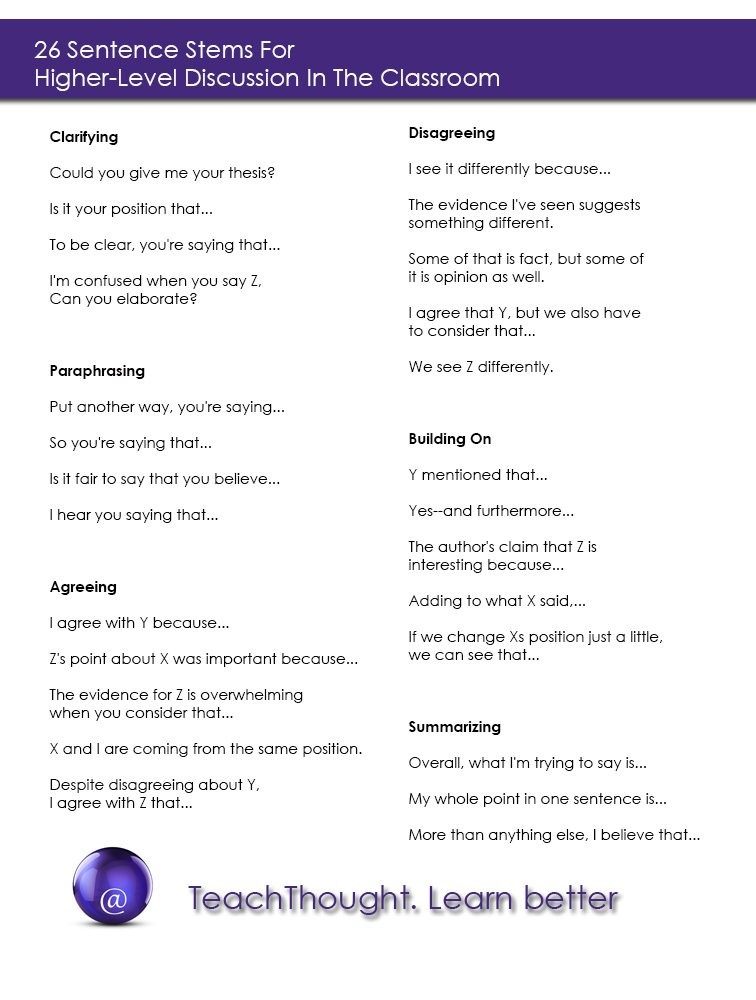
26 Sentence Stems
I Can Be Clear
1.7 C’s of Communication. A checklist, video and sample examples of each one of the C’s to review with the students of both good and bad types of communication.
- Clear.
- Concise.
- Concrete.
- Correct.
- Coherent.
- Complete.
- Courteous.
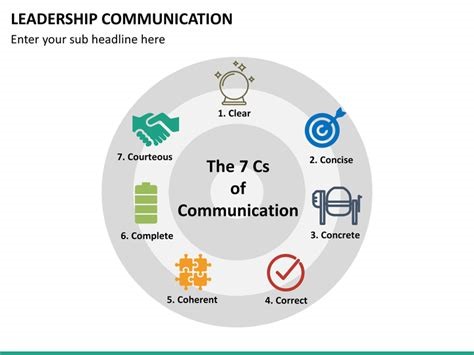
The 7 C's of Communication
2. Communication "practice" resources:
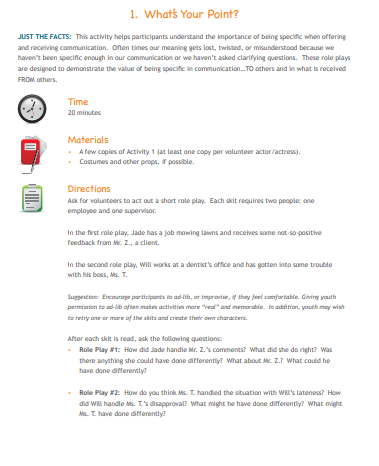
What's Your Point?
https://www.dol.gov/odep/topics/youth/softskills/Communication.pdf
I Can Manage Emotions
1. What is feedback? Brainstorm together what this looks like for the particular classroom. Engage student about what good feedback looks like so they can work together. What is the purpose of feedback?
3. Open up a discussion around the Rubric. Can they explain “why” they chose that answer? Are they afraid? Embarrassed?
4. Constructive Criticism lesson ideas:
- http://teaching.monster.com/benefits/articles/9154-teaching-students-to-accept-criticism
- http://thespeechroomnews.com/2014/03/accepting-feedback-social-skills-activities.html
- https://novoresume.com/career-blog/soft-skills

Thanks for the Feedback

Accepting Feedback
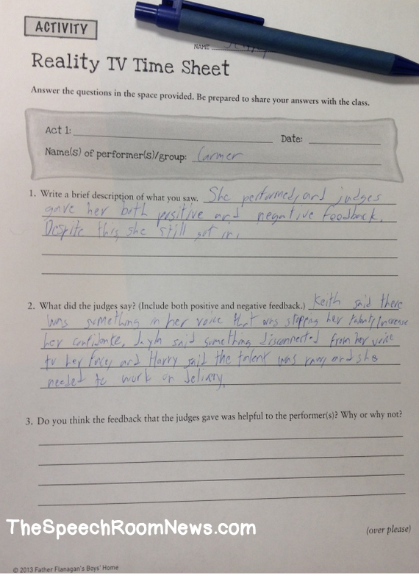
Feedback Sheet
Integration of Skills
Intentional integration of 21st Century Competency language in all day-to-day activities supports the development of routine reflection, skill use, and growth in support of curricular knowledge acquisition.
Why?
If we do not intentionally integrate 21st Century Competency connections into our daily activities, it is easy to forget about them. As the language becomes routine, growth in skills can and should be explored regularly. Ultimately the 21st Century Competecncies are the skills to be successful in all day-to-day activities as well as future career opportunities. By being intentional in integrating the language and skill use in all aspects of learning, understanding of the skills can be applied and reflected upon to look for areas of potential growth and application.
How?
Once skills have been explicitly taught, integration of 21st Century Competencies can be achieved by connecting skills to all curricular areas, participating in pre-and post reflections (allowing students to predict which skills will be needed and subsequently which skills need to be worked on) and the use of 21st Century Competency rubrics to track growth.
Example: by using learner profile data, students can reflect on which skills they need to employ for a particular activity and based on this information, choose group members that have strengths or challenges in those skill areas.
Examples
When integrating 21 Century Competency language in all areas of learning consider the following resources. As you use similar resources in your own learning environment, notice when you can relate them back to growth and understanding of the 21 Century Competencies.
In ELA
This will likely be your focus area with communication. Be sure to included regular lessons on the following topics, and providing ample opportunity to practice, share and reflect.
- Sharing work in a variety of ways - including guiding reading groups, short oral presentations, participating in class and small group discussions, sharing stories and research, trying different forms of multi-media and written presentations, conferences, interviews, etc.
- Explicitly teaching the art of persuasion, including argumentative or persuasive writing, debate, clarifying fact vs. opinion when forming arguments, and respecting the opinions of others & how to disagree in a positive manner and respectfully, and the difference between manipulation & persuasion.
- Providing opportunities for students to practice being clear and concise by providing regular feedback, doing check-ins with peers or teacher, and checking for understanding and clarity. Explicitly teaching the skill of summarizing and paraphrasing will be important to develop clarity.
- Provide opportunities to invite feedback at all stages of writing or working from self, peers and the teacher or parents. Discuss how to accept and give positive criticism (this can be difficult even for adults, so honour that this may not be easy for your students!). Practice ways to provide feedback by still recognizing the positive features of the work (For example, 2 stars and 1 wish, or starting with a positive before adding a negative.). Be sure to teach students how to use feedback to improve their work. Revising is key here!
In Math
Communication is important in all areas of school and life, and should also be discussed, modeled and used in Math. Be sure to include the following opportunities for your students:
- Provide them with opportunities to share their work in math in a variety of ways as well including pairs, small groups and class. Consider building capacity in student and having them lead a re-teaching or teaching session to allow them to share their work. Students can make videos to explain math concepts clearly for peers using PowToon or other video editors.
- Allow students to share their answers, and explain how they arrived to it to work on persuasion. Maybe someone has a different way to approach a problem - variety is good!
- Clarity and being clear will likely be your focus in Math. Teach students how to attack word problems and find what is actually being asked. Used strategies like circling or underlining key words, re-reading, covering it and explaining the question to a friend, etc. You'll also want to address making your answer clear in math. Teach the kids how to make their answer easy to find using a variety of methods such as circling or boxing the answer, using therefore symbols or statements, etc.
- Students can also provide one another with feedback on how the approached a solution to a problem, and if they were able to follow the other's thinking, and if things are clear. Allow students the opportunity to reflect, as well as get feedback from peers and the teacher in math.
Teachable moments
Whenever a question, situation, comment or activity that involves a connection to a 21 Century Competency arises, take a moment to talk to students about it. Discussing skills, how they integrate into everything you do in life makes the reflection on the importance of skills a habit. This habit will instill a growth mindset around developing skills to their fullest potential. Teachable moments can be as short as 20 seconds. Make it your habit and it will become theirs!
Tracking Growth
When considering 21st Century Competency application, it is essential to track growth both by the teacher and the student. There is clear potential for growth in skill use throughout our lives. To ensure growth and understanding of application is taking place, we can easily track progression using rubrics, checklists, and self-assessments.
Formative Assessment
Formative assessments of 21st Century Competencies includes anecdotal documentation, self-assessments and rubric check-ins. These formative assessments provide snapshots of growth throughout the learning process and allow for goal setting to take place.
Assessing Growth
Summative Assessment
Exemplar Rubrics
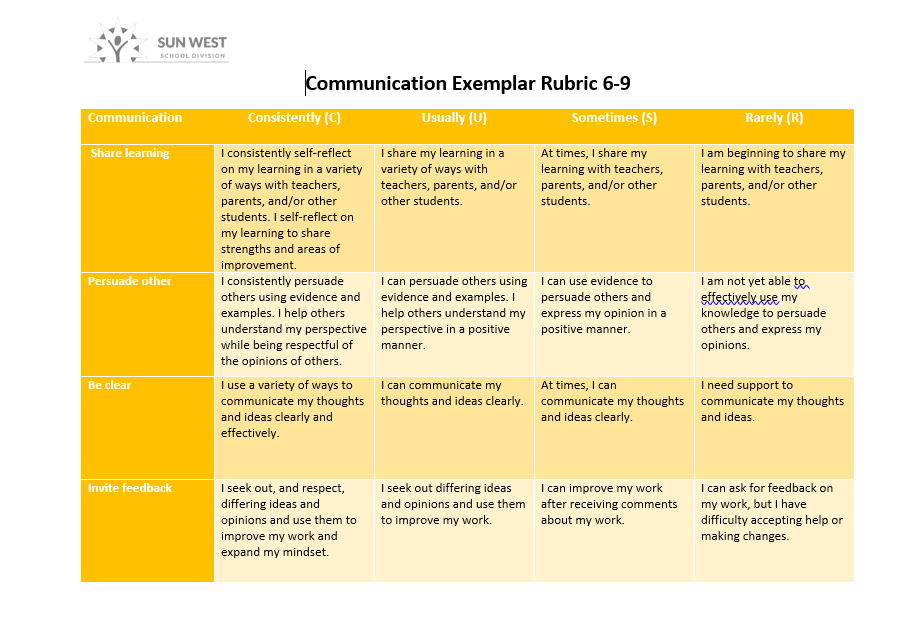
Communication 6-9

Communication Rubric 6-9
Co-creating Rubrics
Exemplar rubrics have been developed for K-5, 6-9 and 10-12. To connect fully with students in their understanding of skill application and growth, a recommendation would be to re-write the rubric with the students to include their understanding of the skill, goals for integration in learning and commitment to the skill development.
Resources
Describe what makes a good listener.
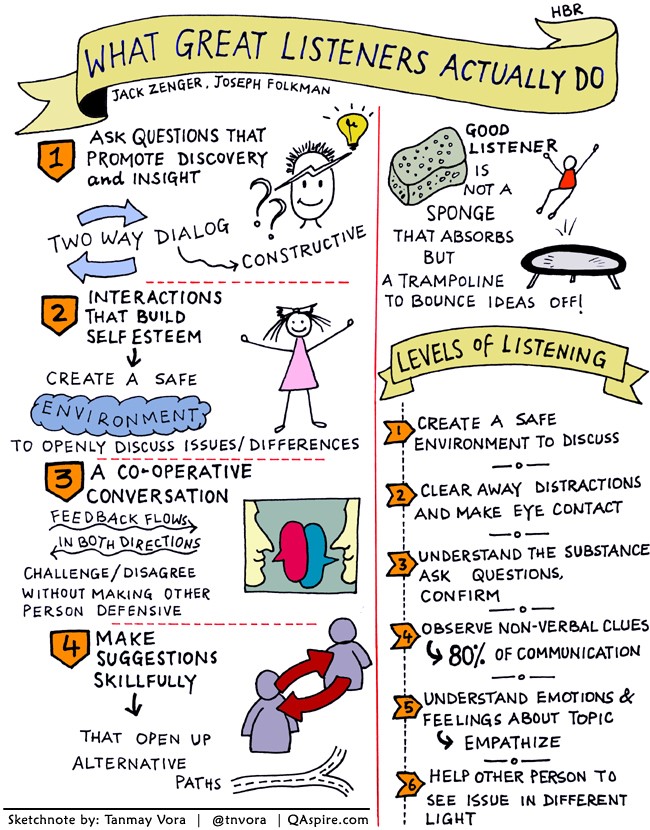
What Great Listeners Do
Print based
Sun West Original Print Based Communication 6-9 Guidebook: Communication Guidebook
Lunar Reconnaissance Orbiter Communication Design Challenge - Lesson idea on communication
SeeSaw in a MultiGrade Classroom - How to
The Sun West Technology and Research Continuums both contain skill sets relevant to communication. Please use these as reference points when explicitly teaching communication skills.
Digital Citizenship Education in Saskatchewan Schools
Videos
Interactive
Printing Press - Interactive tool to build print resources
SeeSaw App - Parent communication and Student Blogging tool.
Flipgrid - video communication tool
Educational Articles
Use Humor to Teach Your Students About Careful Communication
Teaching Presentation Skills with Ignite
How to Foster Constructive Classroom Discussions for Group Learning
Web Sites
Building a Learning Community - Activity Series
